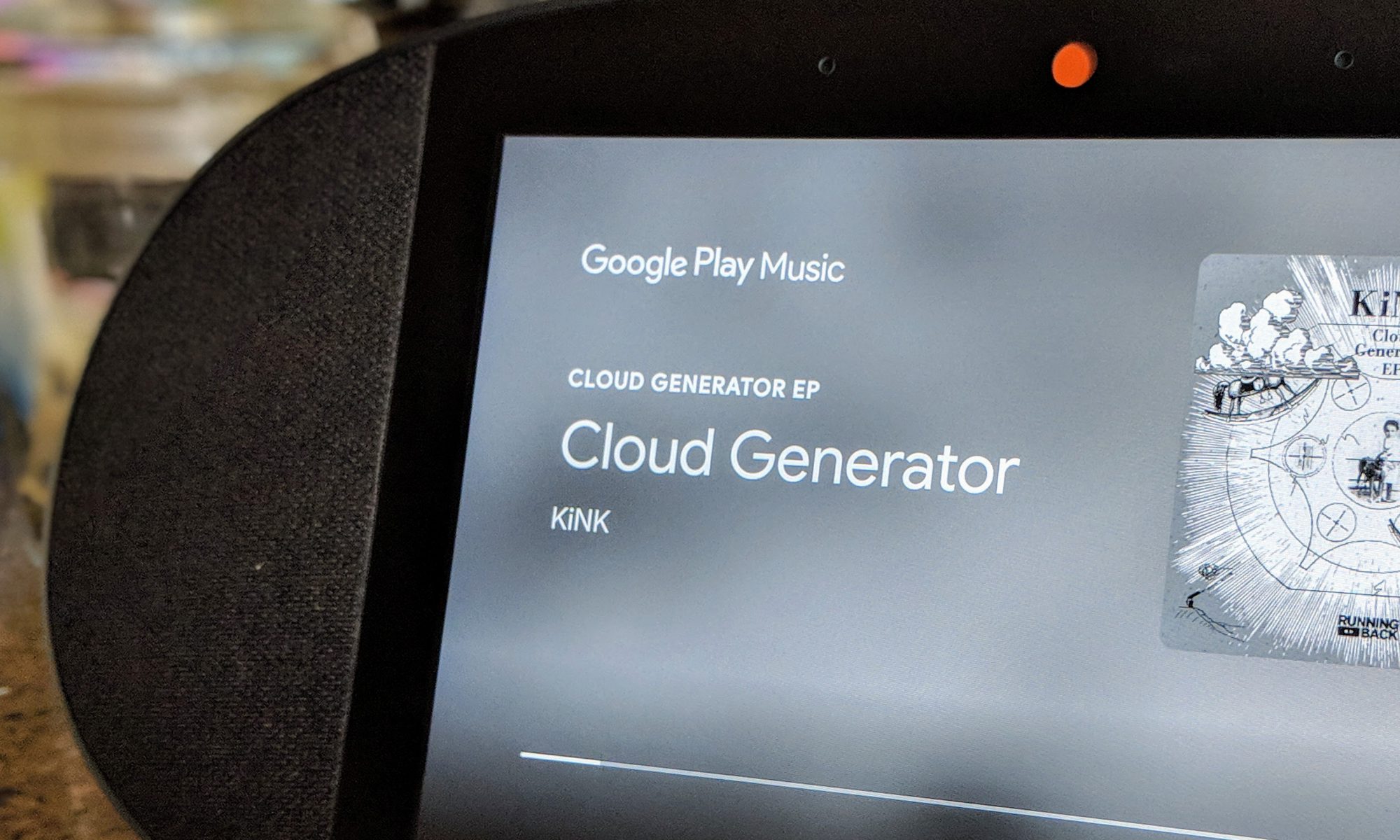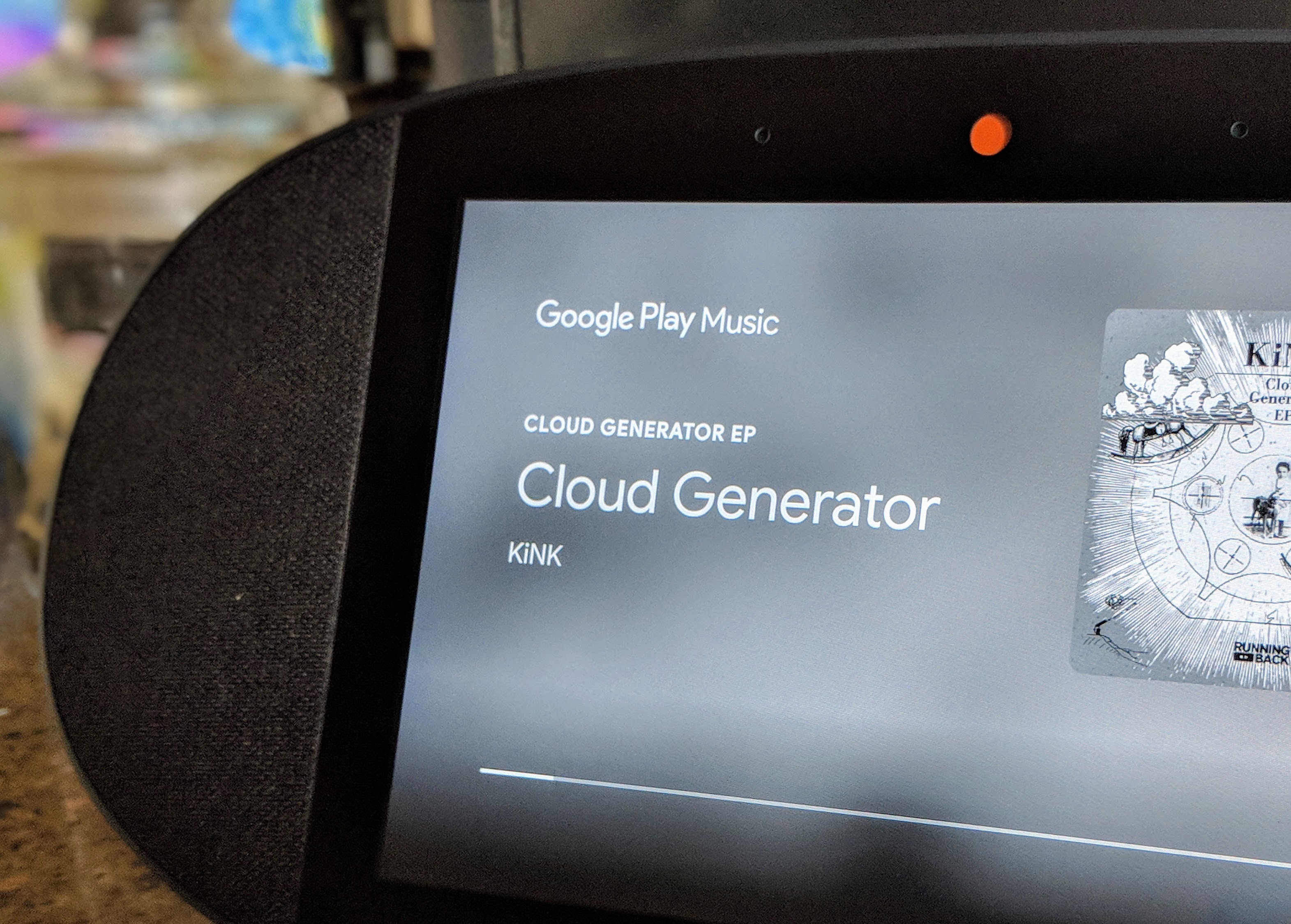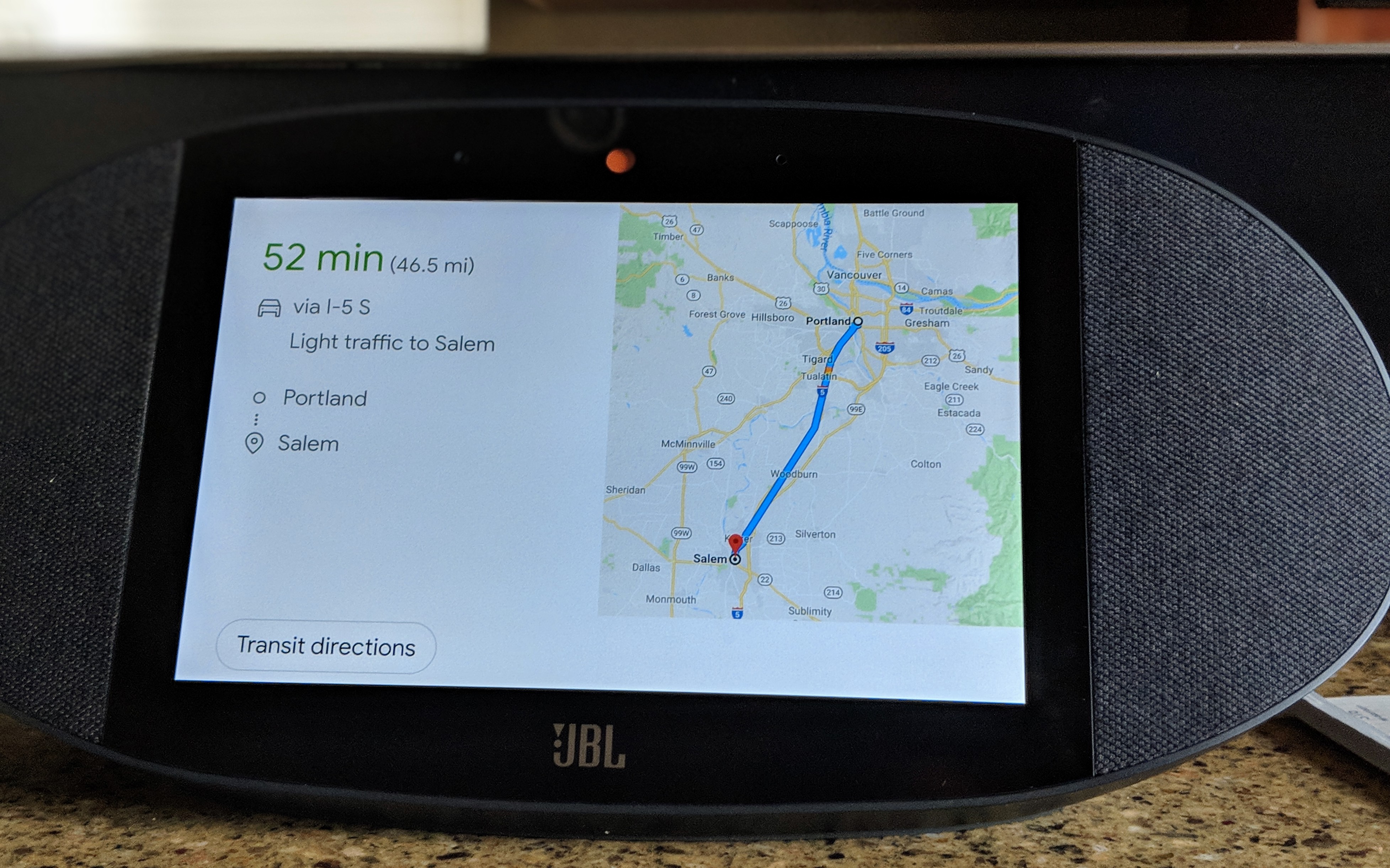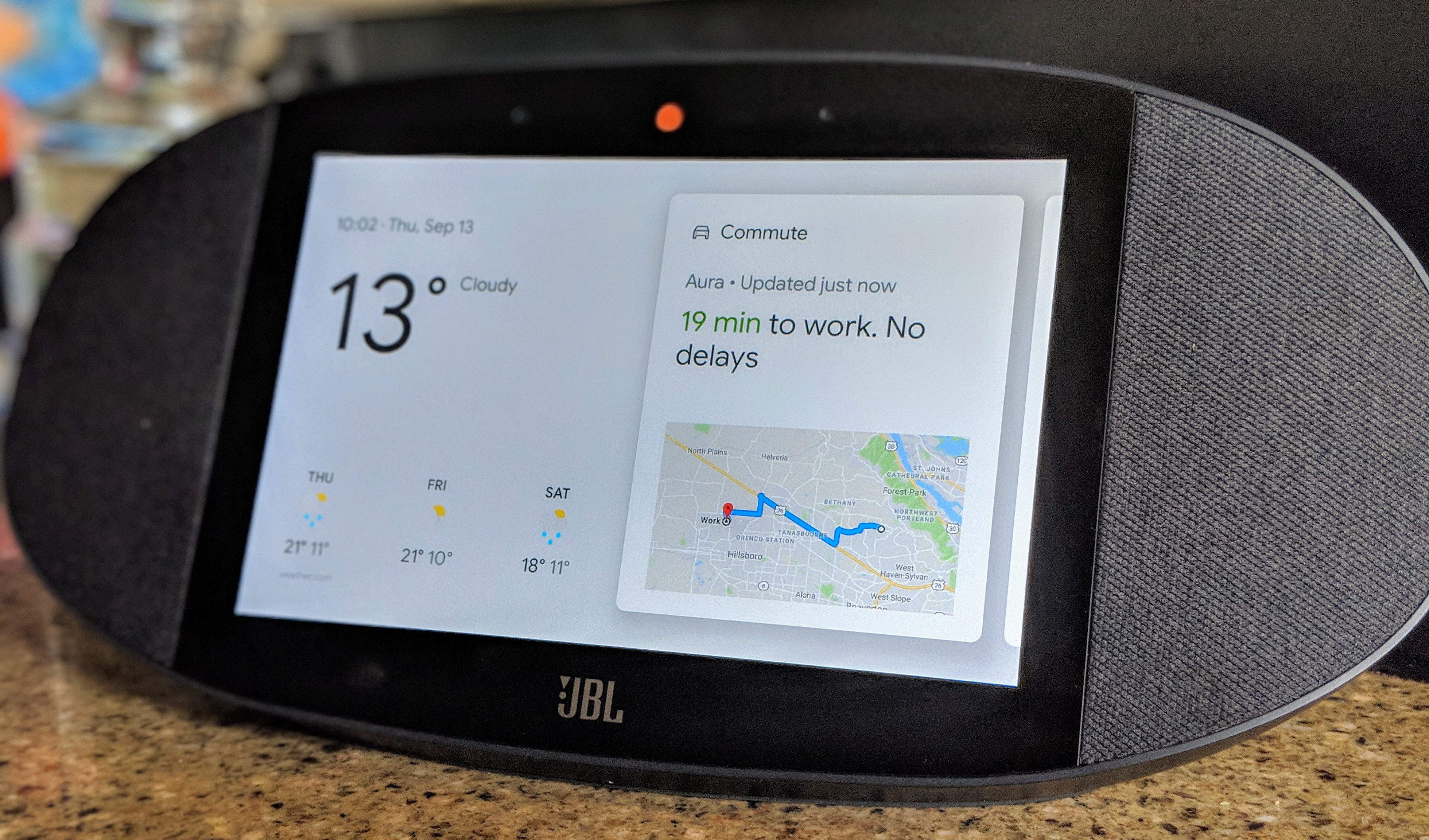Fake social media profiles are useful for more than just sowing political discord among foreign adversaries, as it turns out. A group linked to the North Korean government has been able to duck existing sanctions on the country by concealing its true identity and developing software for clients abroad.
This week, the US Treasury issued sanctions against two tech companies accused of running cash-generating front operations for North Korea: Yanbian Silverstar Network Technology or “China Silver Star,” based near Shenyang, China, and a Russian sister company called Volasys Silver Star. The Treasury also sanctioned China Silver Star’s North Korean CEO Jong Song Hwa.
“These actions are intended to stop the flow of illicit revenue to North Korea from overseas information technology workers disguising their true identities and hiding behind front companies, aliases, and third-party nationals,” Treasury Secretary Steven Mnuchin said of the sanctions.
As the Wall Street Journal reported in a follow-up story, North Korean operatives advertised with Facebook and LinkedIn profiles, solicited business with Freelance.com and Upwork, crafted software using Github, communicated over Slack and accepted compensation with Paypal. The country appears to be encountering little resistance putting tech platforms built by US companies to work building software including “mobile games, apps, [and] bots” for unwitting clients abroad.
The US Treasury issued its first warnings of secret North Korean software development scheme in July, though did not provide many details at the time. The Wall Street Journal was able to identify “tens of thousands” of dollars stemming from the Chinese front company, though that’s only a representative sample. The company worked as a middleman, contracting its work out to software developers around the globe and then denying payment for their services.
Facebook suspended many suspicious accounts linked to the scheme after they were identified by the Wall Street Journal, including one for “Everyday-Dude.com”:
“A Facebook page for Everyday-Dude.com, showing packages with hundreds of programs, was taken down minutes later as a reporter was viewing it. Pages of some of the account’s more than 1,000 Facebook friends also subsequently disappeared…
“[Facebook] suspended numerous North Korea-linked accounts identified by the Journal, including one that Facebook said appeared not to belong to a real person. After it closed that account, another profile, with identical friends and photos, soon popped up.”
Linkedin and Upwork similarly removed accounts linked to the North Korean operations.
Beyond the consequences for international relations, software surreptitiously sold by the North Korean government poses considerable security risks. According to the Treasury, the North Korean government makes money off of a “range of IT services and products abroad” including “website and app development, security software, and biometric identification software that have military and law enforcement applications.” For companies unwittingly buying North Korea-made software, the potential for malware that could give the isolated nation eyes and ears beyond its borders is high, particularly given that the country has already demonstrated its offensive cyber capabilities.
Between that and sanctions against doing business with the country, Mnuchin urges the information technology industry and other businesses to exercise awareness of the ongoing scheme to avoid accidentally contracting with North Korea on tech-related projects.
Source: Tech Crunch


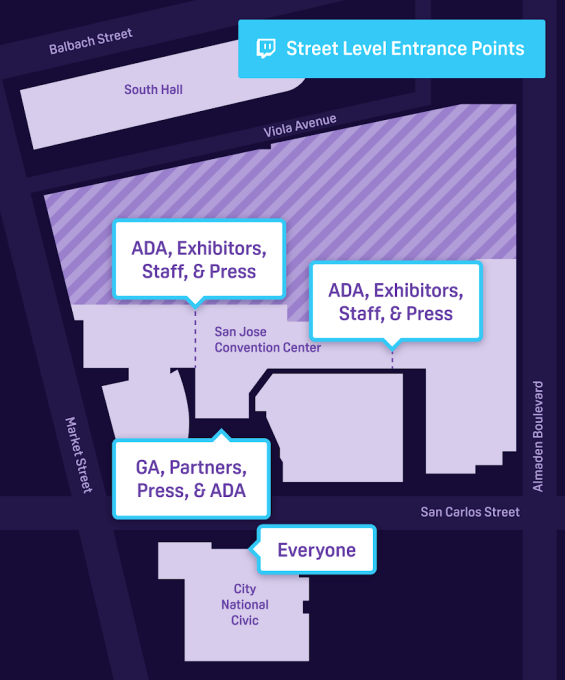
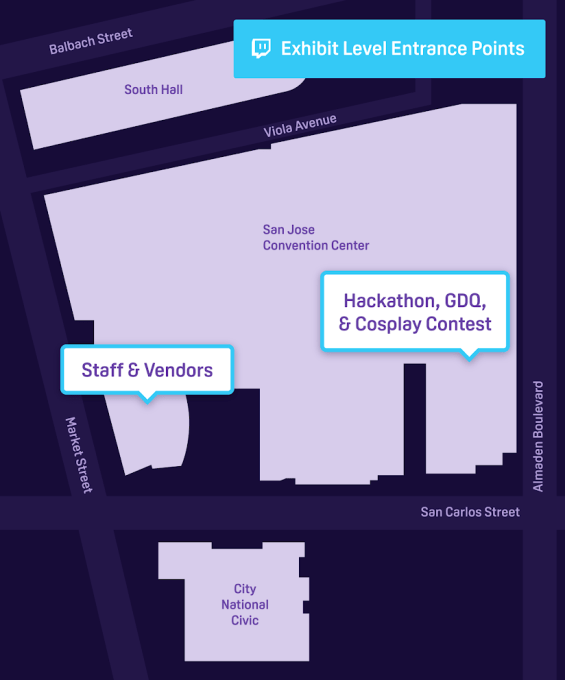

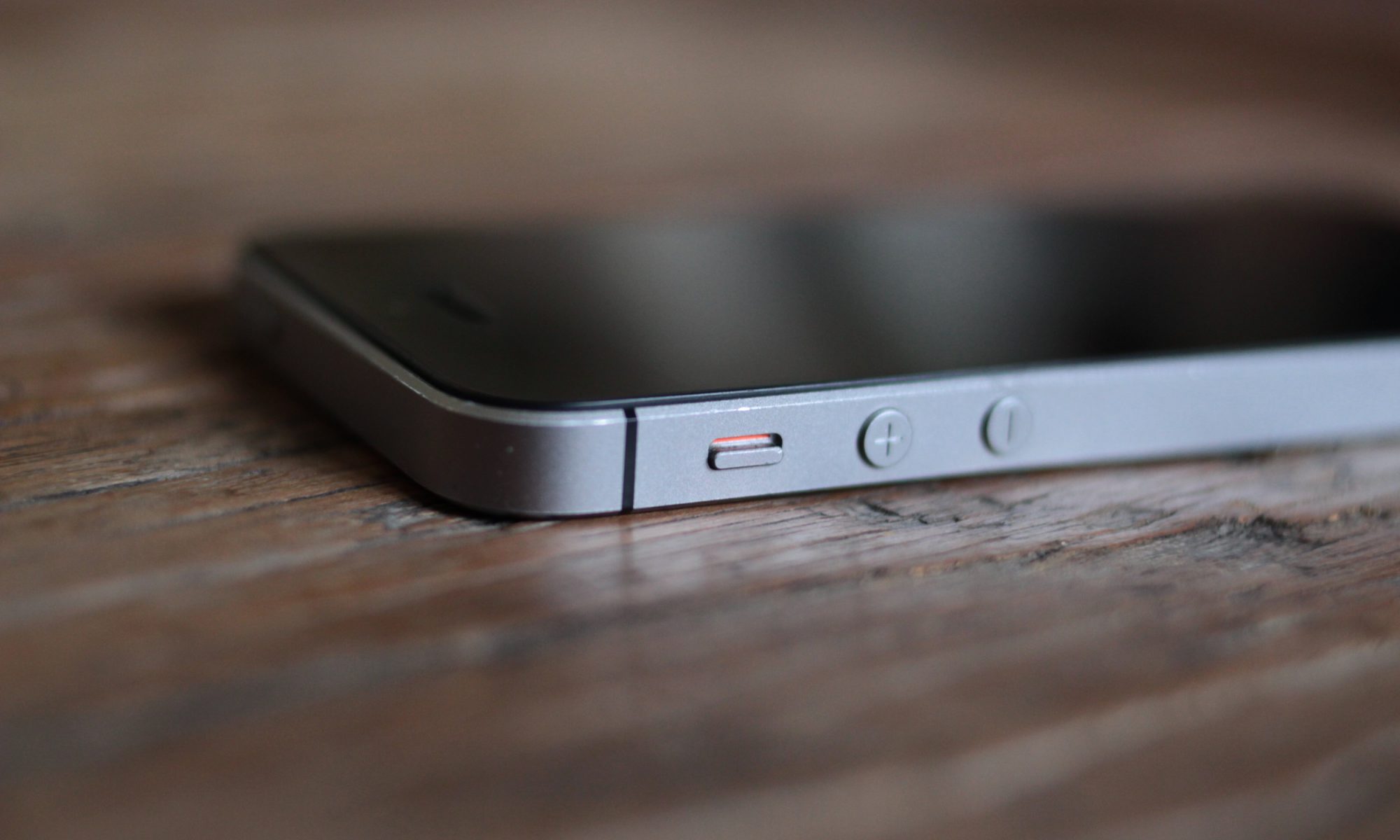
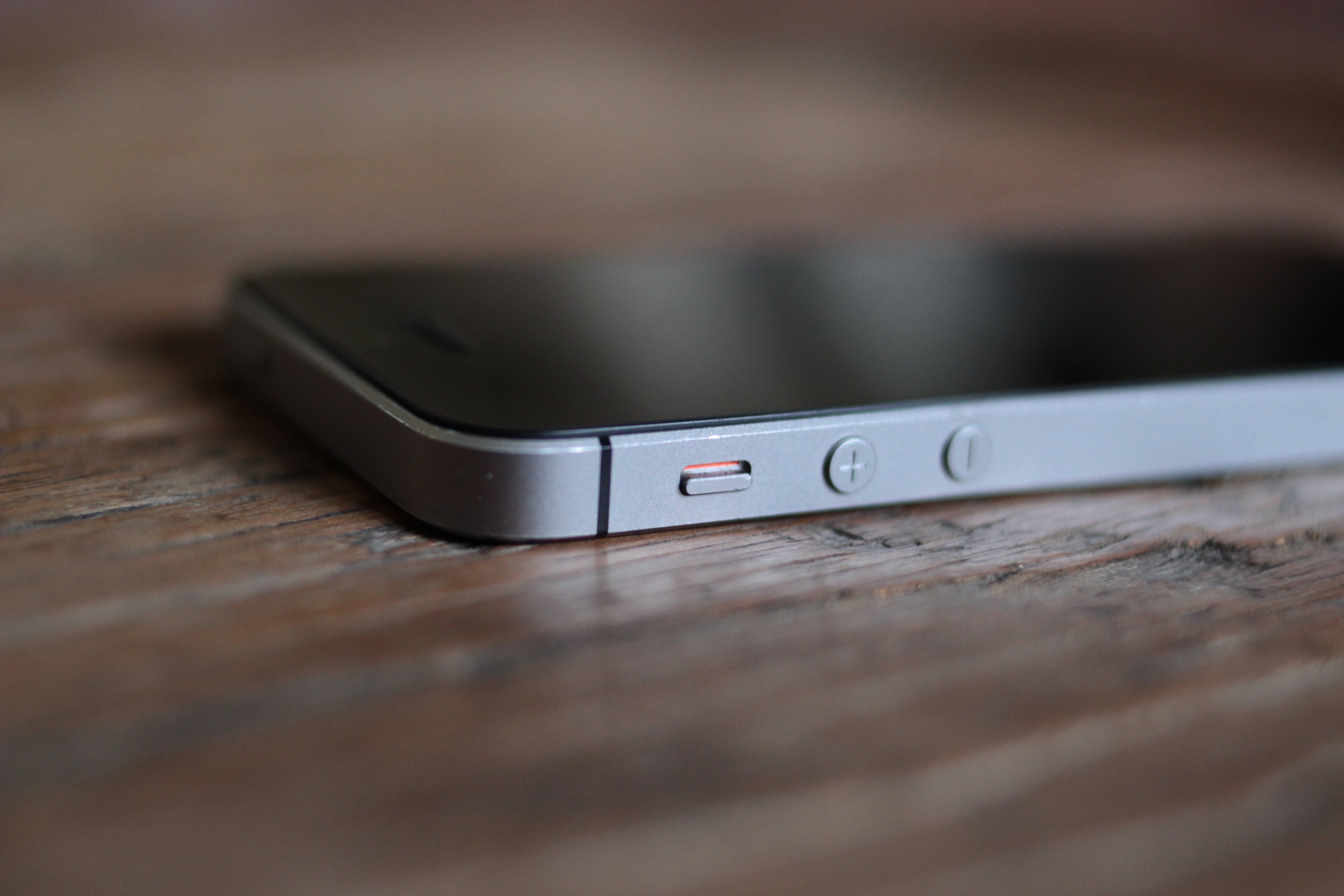 In the place of those soft curves were hard lines and uncompromising geometry: a belt of metal running around the edge, set off from the glass sides by the slightest of steps. It highlighted and set off the black glass of the screen and bezel, producing a of specular outline from any angle.
In the place of those soft curves were hard lines and uncompromising geometry: a belt of metal running around the edge, set off from the glass sides by the slightest of steps. It highlighted and set off the black glass of the screen and bezel, producing a of specular outline from any angle.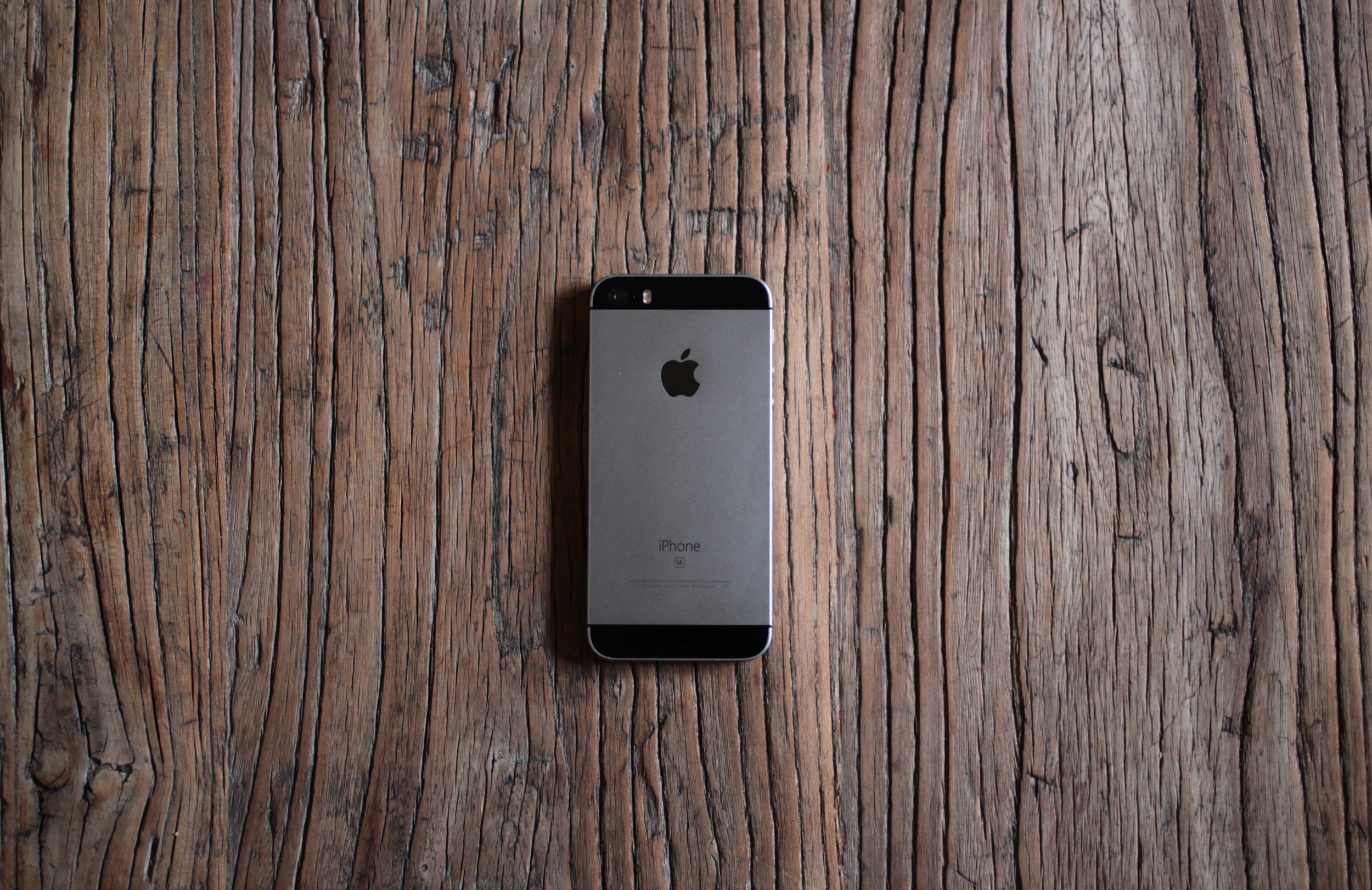 The two-tone grey iPhone 5S, however, essentially left no room for improvement. And after 4 years, it was admittedly perhaps time to freshen things up a bit. Unfortunately, what Apple ended up doing was subtracting all personality from the device while adding nothing but screen space.
The two-tone grey iPhone 5S, however, essentially left no room for improvement. And after 4 years, it was admittedly perhaps time to freshen things up a bit. Unfortunately, what Apple ended up doing was subtracting all personality from the device while adding nothing but screen space.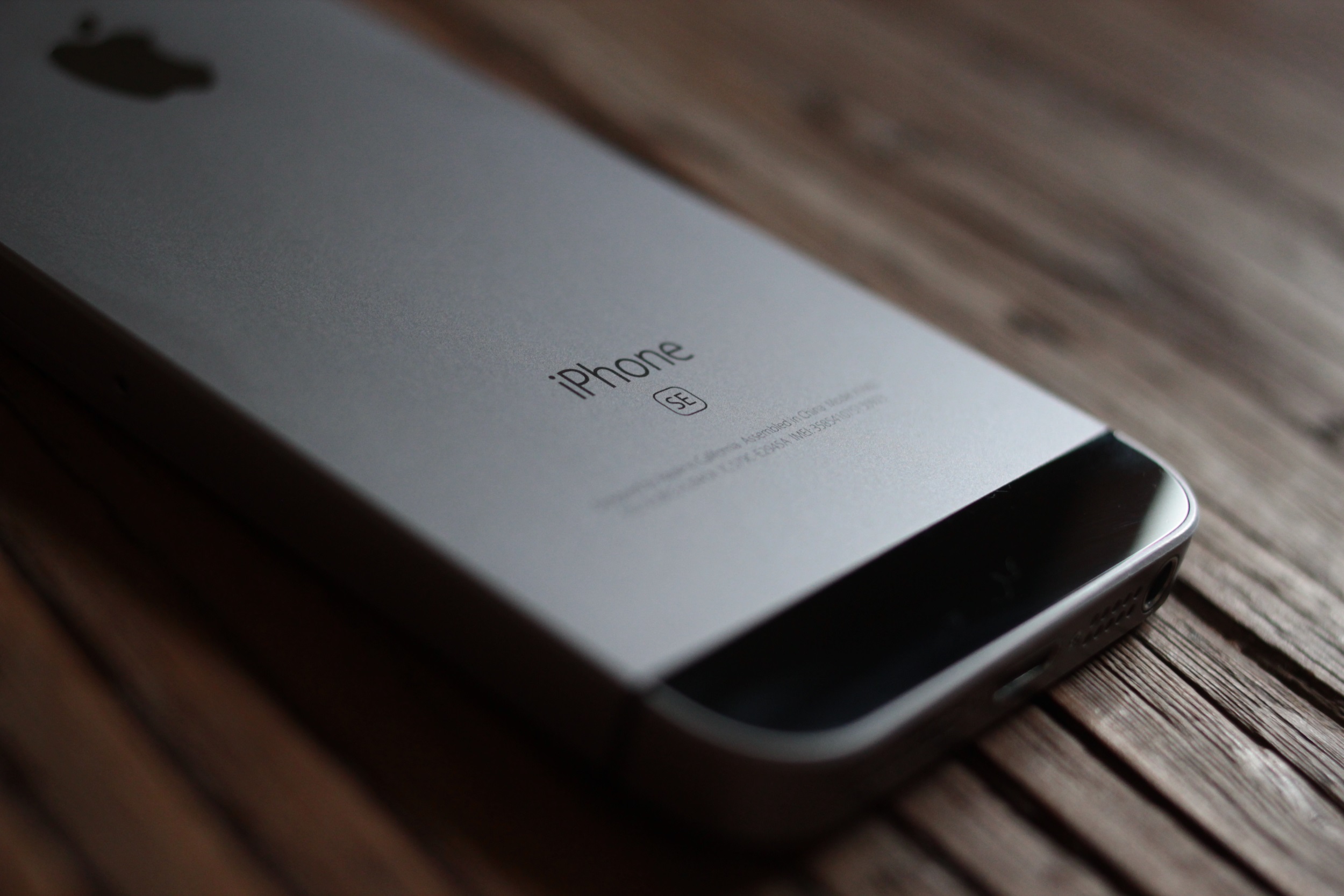 But to return to the topic at hand, it was after the 6S that Apple had introduced the SE. Although it nominally stood for “Special Edition,” the name was also a nod to the Macintosh SE. Ironically given the original meaning of “System Expansion,” the new SE was the opposite: essentially an iPhone 6S in the body of a 5S, complete with improved camera, Touch ID sensor, and processor. The move was likely intended as a sort of lifeboat for users who still couldn’t bring themselves to switch to the drastically redesigned, and considerably larger, new model.
But to return to the topic at hand, it was after the 6S that Apple had introduced the SE. Although it nominally stood for “Special Edition,” the name was also a nod to the Macintosh SE. Ironically given the original meaning of “System Expansion,” the new SE was the opposite: essentially an iPhone 6S in the body of a 5S, complete with improved camera, Touch ID sensor, and processor. The move was likely intended as a sort of lifeboat for users who still couldn’t bring themselves to switch to the drastically redesigned, and considerably larger, new model. Flush camera so it doesn’t get scratched up? Check. Normal, pressable home button? Check. Flat, symmetrical design? Check. Actual edges to hold onto? Check. Thousands of cases already available? Check — although I didn’t use one for a long time. The SE is best without one.
Flush camera so it doesn’t get scratched up? Check. Normal, pressable home button? Check. Flat, symmetrical design? Check. Actual edges to hold onto? Check. Thousands of cases already available? Check — although I didn’t use one for a long time. The SE is best without one.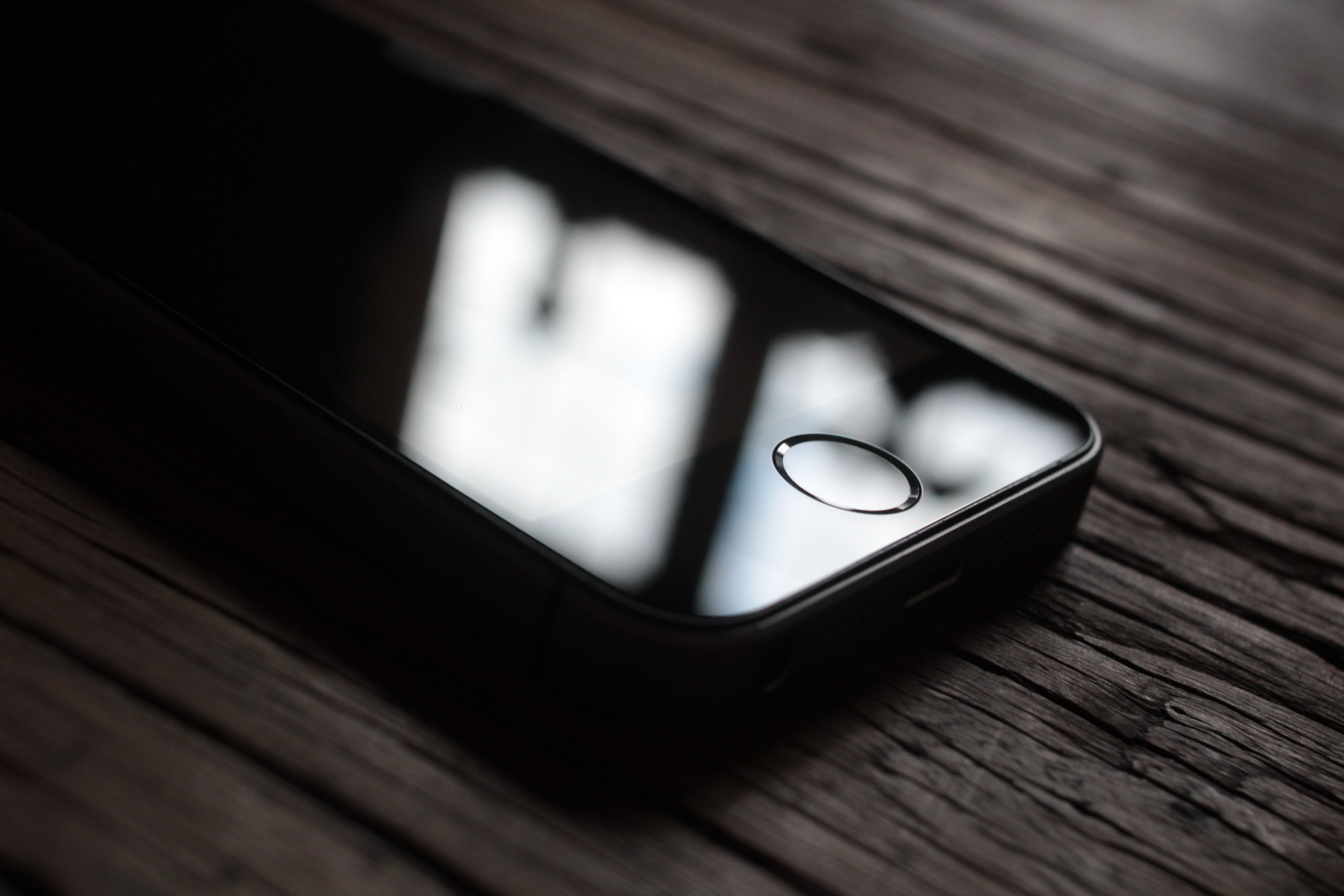 And the best phone it’s made since then, too, if you ask me. Ever since the 6, it seems to me that Apple has only drifted, casting about for something to captivate its users the way the iPhone 4’s design and new graphical capabilities did, all the way back in 2010. It honed that design to a cutting edge and then, when everyone expected the company to leap forward, it tiptoed instead, perhaps afraid to spook the golden goose.
And the best phone it’s made since then, too, if you ask me. Ever since the 6, it seems to me that Apple has only drifted, casting about for something to captivate its users the way the iPhone 4’s design and new graphical capabilities did, all the way back in 2010. It honed that design to a cutting edge and then, when everyone expected the company to leap forward, it tiptoed instead, perhaps afraid to spook the golden goose.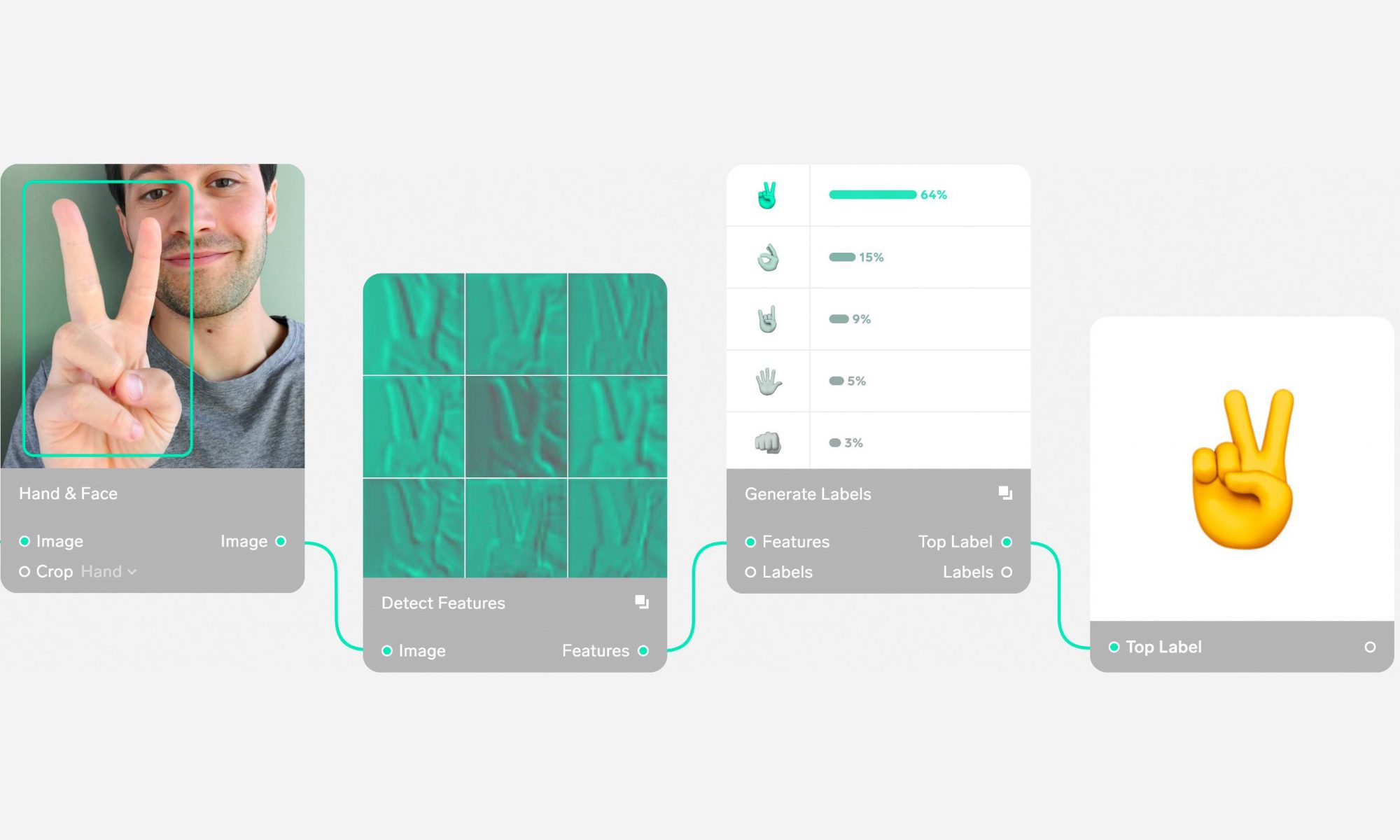
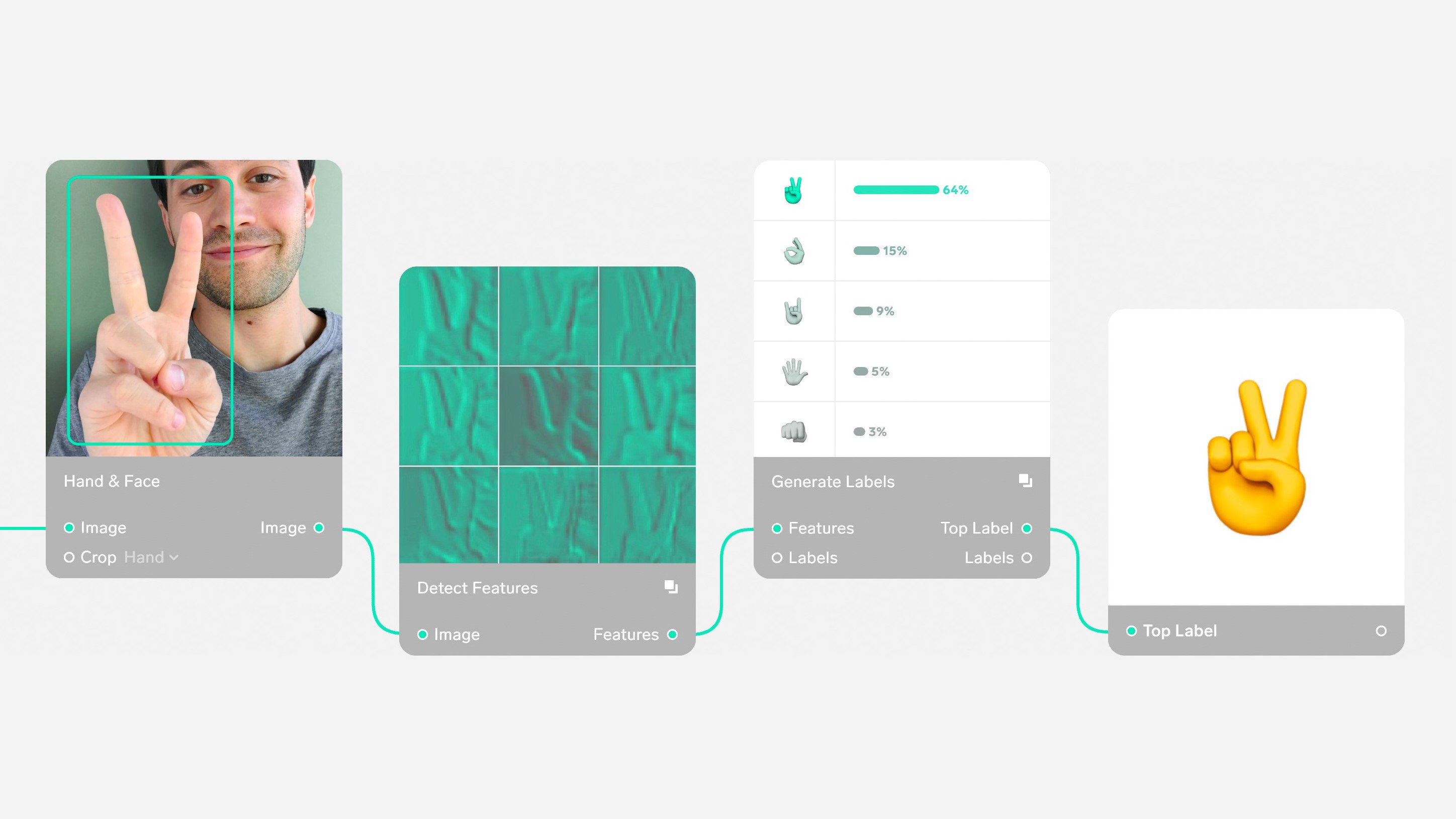

 The four-winged, tailless style of their creation, the DelFly Nimble, is novel but evidently effective. Their robot can go 7 meters per second, or about 15 MPH, hover in place or perform all kinds of extreme motions like dives and rolls smoothly. It’s no joke doing that using rotors with continuous thrust, let alone via coordinated wing movement. You can see it perform a few more capers
The four-winged, tailless style of their creation, the DelFly Nimble, is novel but evidently effective. Their robot can go 7 meters per second, or about 15 MPH, hover in place or perform all kinds of extreme motions like dives and rolls smoothly. It’s no joke doing that using rotors with continuous thrust, let alone via coordinated wing movement. You can see it perform a few more capers 